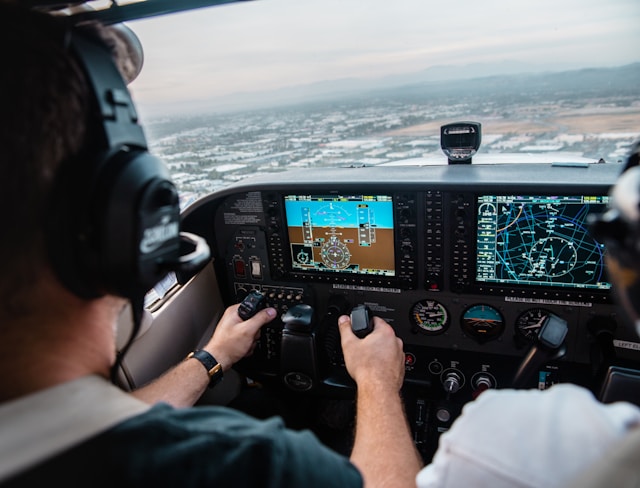Flying is a job that requires both technical knowledge and instinct. A pilot should stay calm and attentive even when things are hectic. One of the tools that helps pilots balance their tasks is the aviation headset, which is small but very useful in the cockpit. A headset is not just an extra piece of equipment when you are flying or working with air traffic control. It helps you understand and manage your life better.
Comfort That Lasts from Takeoff to Landing
Spending a lot of time in the cockpit can be tiring for the mind. A headset that is uncomfortable to wear can make your work more difficult. Comfort should be one of the first things a pilot considers. Soft and padded ear cups can ease the pressure on your head. A light frame prevents the neck from getting tired when you fly for a long time. A snug and comfortable fit can be achieved with adjustable headbands.
When you fly for a long time or in crowded airspace, comfort is especially important. Having pressure points and tight clamps is not just a minor issue. They may take your attention away from what you are doing. That’s the last thing any pilot wants when they are flying at 8,000 feet.
Clear Communication Every Time
A headset can be very comfortable, but if the sound is unclear, it’s not useful. It is very important to be able to hear and be understood without having to guess or repeat what is said. Choose a headset that has good speakers and a microphone that can block out background noise. They help you hear the sound of the engines, wind, and other noises in the cockpit.
Communication is not only about being convenient. It’s safety. Whenever you get or give position reports or instructions from air traffic control, you must understand everything the first time. A headset with clear, uninterrupted sound can help you avoid confusion during your flight.
Active or Passive Noise Reduction?
Noise can be more than just something that bothers us. It can be very tough on a pilot’s mind and body. This is when noise reduction becomes important. Thick ear cups in PNR help to reduce the amount of noise you hear. It is a good choice for many general aviation planes. Unlike passive noise reduction, active noise reduction (ANR) uses electronics to reduce low-frequency sounds from the engine.
Although ANR headsets are more costly, they are a good investment for pilots who fly a lot or work in noisy cockpits. They can help reduce tiredness by reducing the constant background noise that occurs on long flights. Pilots who operate piston aircraft usually gain a lot from ANR technology.
Custom Features That Match Your Flying Style
Not all pilots fly the same type of aircraft or for the same reasons. Some fly solo in small planes. Others fly as instructors or with co-pilots. Depending on the mission, different features become more important.
Some headsets offer Bluetooth, allowing pilots to connect with electronic flight bags or make a quick phone call during preflight checks. Others come with built-in audio mixers or dual-volume controls to balance radio chatter with passenger conversation.
A headset like the Kore aviation headset offers a mix of features without overcomplicating things. It’s designed to deliver the essentials: comfort, clarity, and reliable performance, while staying affordable for students and private pilots alike.
Battery Life and Power Source
For headsets with ANR, the power supply is a big consideration. Most run on AA or AAA batteries. Some come with built-in rechargeable systems. Battery life can vary, but it’s worth choosing a headset that runs long enough for several flights before needing a charge or replacement.
Pilots who often forget to check battery levels may appreciate models that offer auto-shutoff or low-battery alerts. The last thing anyone wants is for the noise-canceling function to cut out halfway through a cross-country trip.
Conclusion:
Choosing the right aviation headset isn’t just about ticking boxes. It’s about finding a tool that supports every flight, from the first takeoff to the final landing. Comfort, clarity, durability, and the right mix of features all work together to create a smoother, safer experience in the cockpit.
For student pilots, seasoned professionals, or weekend flyers, the right headset becomes part of the routine.



